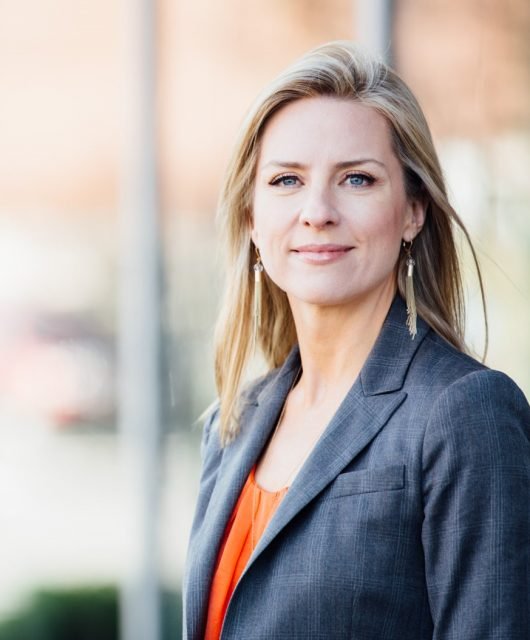2023: The Year Of Honest Self-Reflection And Boring Operational Planning, By RAPP’s Curtis Schmidt
The responsibility of “who” is connecting a brand to its customer base is becoming increasingly blurred. It now takes entire organizations, with many of their departments combining, to deliver personalized marketing that resonates at mass scale. Customers increasingly expect their data to be used (with consent) to drive tailored communication and offerings. And yes, COVID was the tipping point that propelled unrelenting social and economic change with businesses going more digital, quickly.

In the end, marketers now need to embrace smarter, more intuitive relationships, that drive a value exchange between brands (receiving customer data) and customers (personalized communication / experiences).
It’s exciting to see businesses and brands talking about advanced technologies and ecosystems such as the Metaverse, blockchain methodologies and AI, but most organizations are far from achieving these operating states. Business leaders must now pause and do a bit of honest self-reflection. They should ask themselves (and their peer groups) if their company has the basics in place to build rich and tailored experiences that ‘cut through the noise’ to reach their valued customer base. 2023 is the year of reckoning. It’s imperative that business leaders consider what ‘their’ organization (as a collective) needs to do to move the needle towards mass personalization and experiences that drive a value exchange between brand and customer. Here’s my predications on where 2023 reflections within the boardroom and beyond will take place:
- Why business transformation? (new age decision making)
Data and technology will be key in bringing organizations together in new and exciting ways. But processes and ultimately leadership forums need to be established, to take decisions on the ‘why’, ‘how’, etc. “How will my organization operate as one entity, rather than disconnected clans?“
- How to build a data foundation (the life-blood)
Businesses will be examining the quality of their customer and prospect data to ensure that it is: high quality; organizationally connected (not sitting in a siloed department); standardized (capture processes, terminology); and has executive oversight and support.
- How to build processes (connecting the dots)
If data is central to driving meaningful relationships with our valued customers, then the organization needs to ensure it has fit-for-purpose processes to efficiently implement the transformation decided by the leadership forum – see above.
- Which technology?
I.T. will no longer be the sole driver of an organization’s technology stack. A cross-functional set of stakeholders will need to be involved in defining what is needed. There will certainly be more voices in the room – and rightfully so. Features and applications, and the value they bring, will not be based on assumptions. Instead, department agnostic Use Cases (scenarios) that are meant to drive real value for the business will be considered.
These four short bullet points could seem like an easy checking-the-box exercise. But 2023 will also be the year of ‘learning by doing.’ Based on my board experience of implementing change, I often see common stumbling blocks in getting the above done, outlined here:
– Not socializing and having multi-department leadership accept the need to change
– Not having a ring-fenced special projects / pooled budget
– Not giving the team that have to do the work enough time or resources
– Not forming a truly collaborative partnership with internal / external parties that will drive these highly dependent projects for change forward
In broad strokes, the above four areas typically need to work in harmony. They may seem boring but are in fact incredibly important. They all belong to one master plan that will lay the foundation for an organization to reach the vision it has defined for its customer, today and tomorrow. 2023 will be the year where honest conversations will be had, project champions will be identified, and real foundational change will happen to companies in this evolving digital age.





